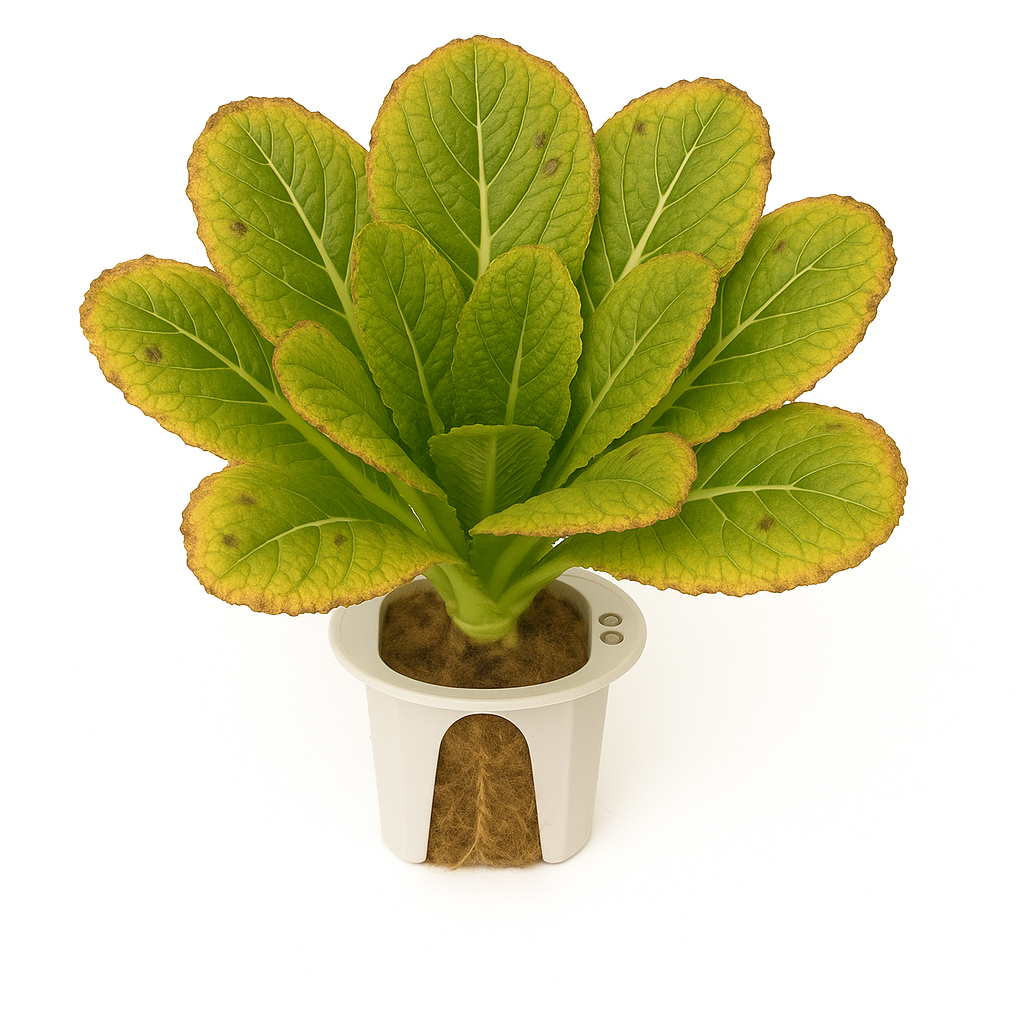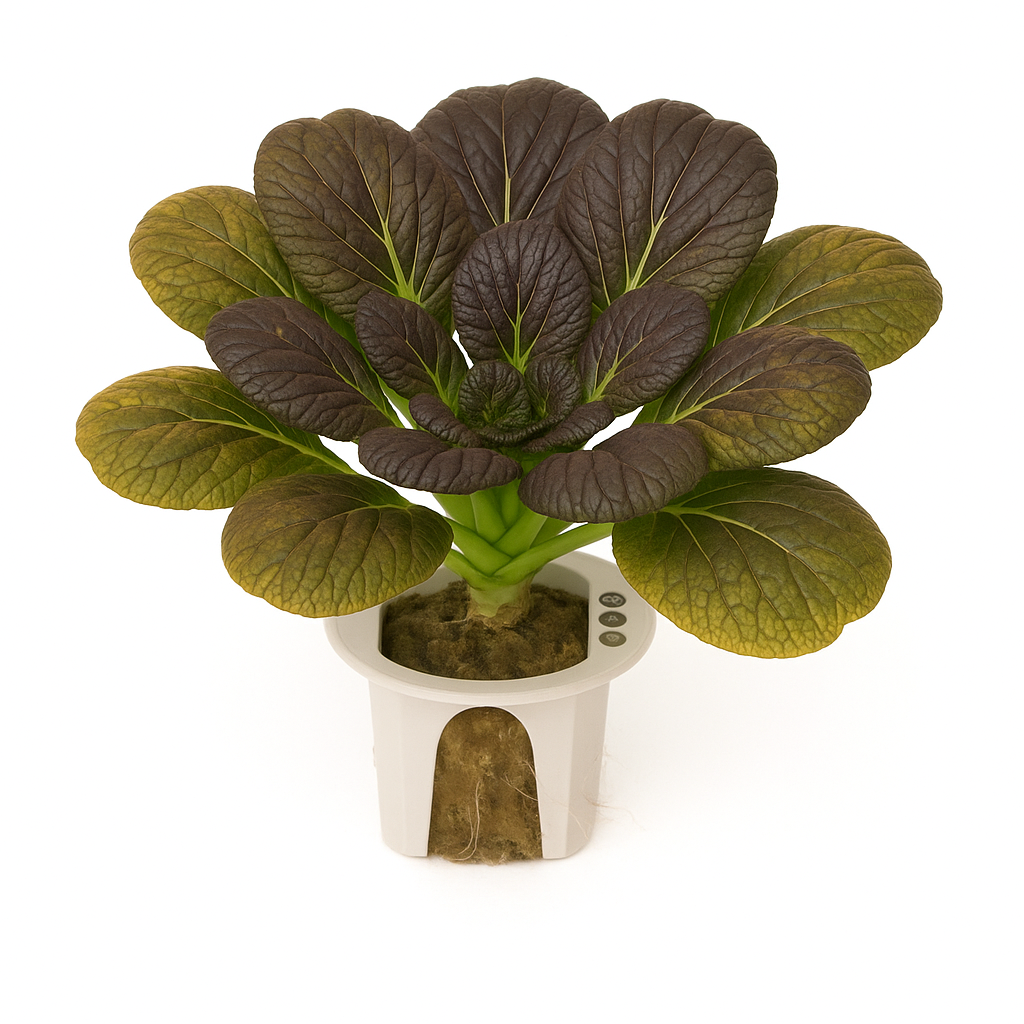Why Measuring Plant Food Matters
Does more plant food mean bigger, healthier plants? You may be surprised to learn the answer is no!
If given the chance with too much plant food, plants can actually overeat, leading to negative impacts on their growth and development. It's important to carefully measure your plant food every time, whether you're adding a sprout dose or a full dose when topping-off or doing a tank refresh.
We made the Gardyn Adjustable Spoon with a sliding dosage adjustor and the 3 measurements of Gardyn Plant food you would need at each stage of your growing journey.
1/4 teaspoon per 1 gallon of water (Sprouts)
1/2 teaspoon per 1 gallon of water (True Leaves & Early Growth)
1 teaspoon per 1 gallon of water (Blooming & Fruiting)
Nutrients vs. Energy
Humans take in nutrients and energy from the same source via the food we eat every day. Plants, on the other hand, receive their nutrients and energy from separate sources.
Plants get their nutrients through their roots absorbing the minerals found in soil, or in Gardyn's case, our mineral plant food blend dissolved in water. Plants' energy comes from their ability to perform photosynthesis.
Photosynthesis
Photosynthesis is how plants convert light, carbon dioxide, and water into glucose (sugar) and oxygen. However, like most sugary snacks, there’s no nutritional value in the glucose created through photosynthesis - just energy.
The dissolved mineral plant food present in the water satisfies the plants’ needs to convert the glucose energy created by photosynthesis into healthy growth.
Together, photosynthesis and nutrients work in concert to fuel plant growth. Like humans, if plants get too many vitamins or minerals, they can become sick. In plants, we call this getting "burned" by plant food, which can result in leaves having dried and brown spots or edges, or overall discoloration.
Examples of brown edges and discoloration in both green- and purple-leaved plants.
As long as an adequate amount of nutrients is present, adding more won’t actually increase plant growth. Rest assured knowing your plants are receiving optimal nutrition when you follow our plant food guidelines, whether adding it to your tank after germinating on your Gardyn, or adding it in a routine tank top-off.
Questions? Reach us at support@mygardyn.com, or chat with us. We're here to help!


